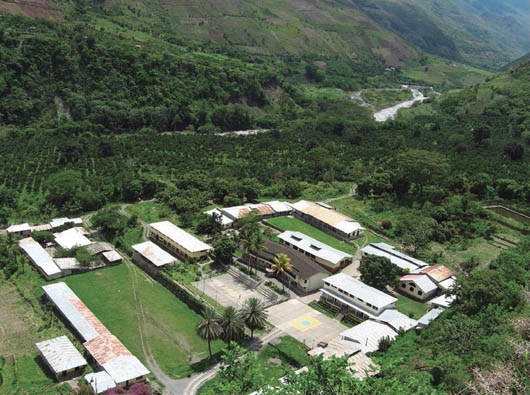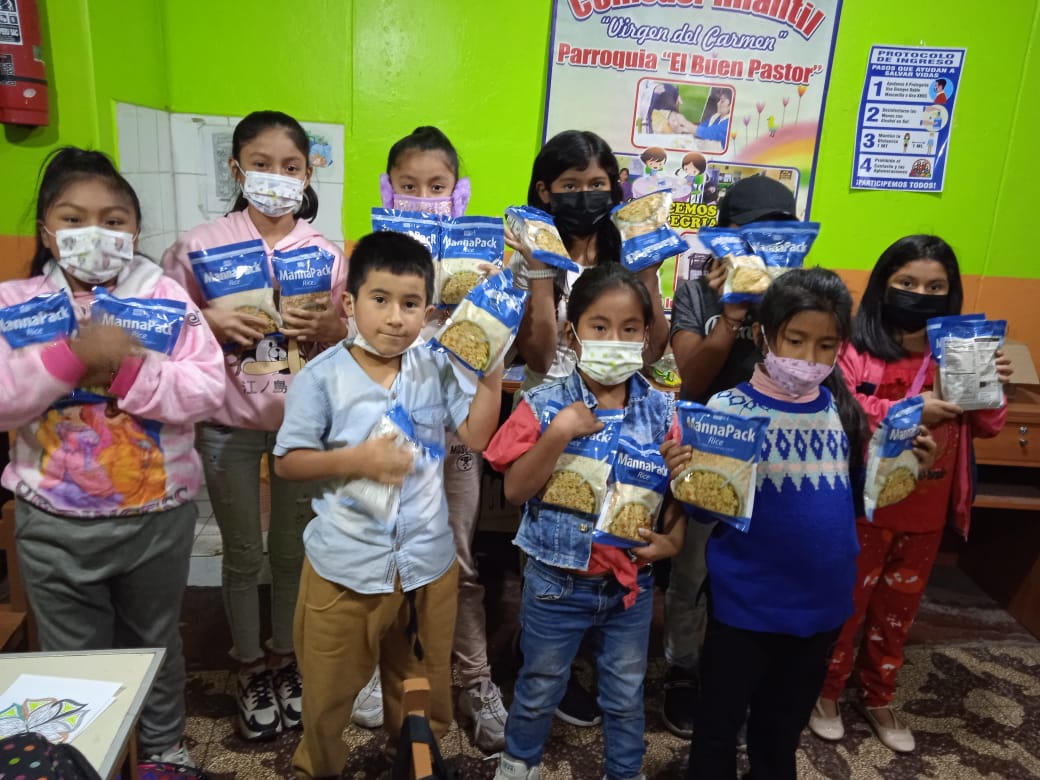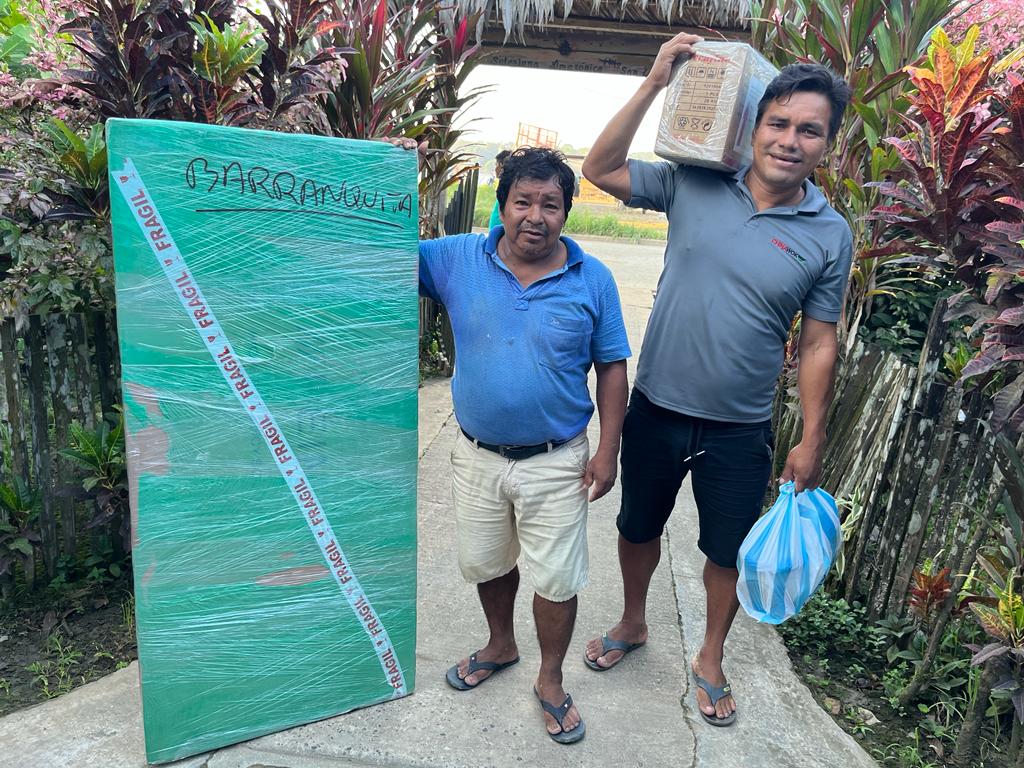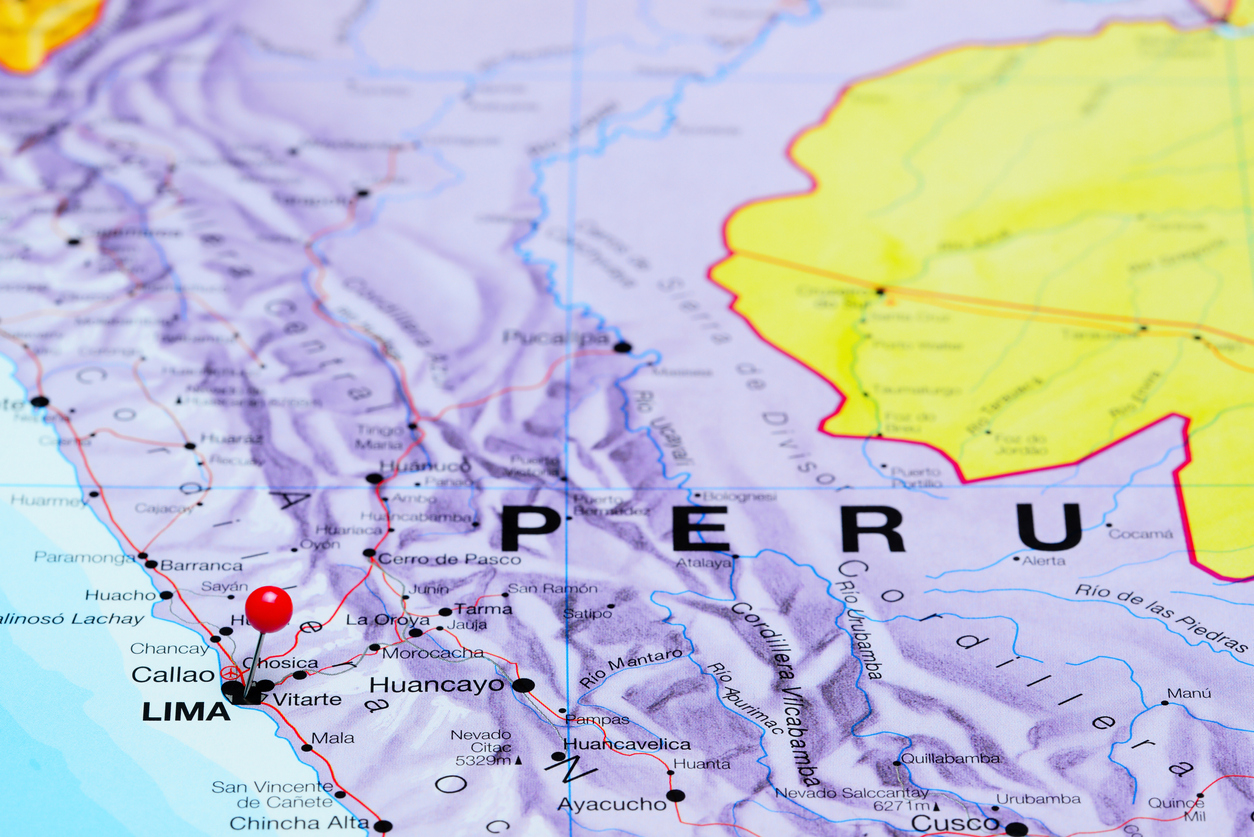PERU: Salesian Agriculture School Provides Education and Advanced Farming Techniques

(MissionNewswire) Salesian missionaries and Sisters with the Daughters of the Sacred Heart of Jesus and Mary work together at a Salesian mission to bring education, workforce development services and social programs to more than 13,000 people living in 65 forest communities between Machu Picchu and the Manu National Park in southern Peru. Located in the Yanatile valley, the mission and the town it is located in, Quebrada Honda, was founded 35 years ago by Father Juan Polentini and was formally recognized by the Peruvian Congress in 1982.
Although the area is difficult to access, coffee, cocoa and coca are cultivated in the Yanatile valley and the nearby basin of the river Lacco. The Salesian mission in Quebrada Honda is made up of the parish of Mary Help of Christians and the Experimental School for Agriculture and Livestock which educates more than 160 students, nearly half of whom board at the school.
The goal of the school is to provide young farmers with a basic education as well as advanced studies in the latest agricultural practices and modern technologies while moving towards efficiency in farming by exploring and testing new techniques in agriculture, horticulture, floriculture and animal husbandry. The school provides both classroom education and hands-on agriculture and livestock training on a working farm on the school campus.
Salesian missionaries at the school hope the agriculture degree program will entice more local youth to choose agriculture as their long-term livelihood. With a long history of providing agricultural education, missionaries currently operate more than 90 agriculture schools around the world.
“Our students are the children of poor farmers,” says Father Martin Quijano, director of the Experimental School for Agriculture and Livestock. “We want them to love the work and learn as much as they can to make a better life for themselves and their families. After graduation many of our students become agronomists, scientists, animal breeders and biologists. I am extremely proud of what they do to help their community.”
Peru has high levels of income inequality and more than a quarter of its population living in poverty, according to the World Bank. Poverty levels are significantly higher in rural areas but urban areas struggle most with inequality, most notably metropolitan Lima, the capital city of Peru. Poverty in the country is made worse by a shortage of productive farmland and a lack of employable skills, specifically among young people and women entering the workforce. In addition, Peruvians lack access to adequate housing, nutrition and education.
Peru has also been plagued by hunger and disaster. According to the World Bank, close to 25 percent of children in the country are chronically malnourished. Communities continue to rebuild after an 8.0 earthquake in August 2007 which killed more than 500 people and injured hundreds more in the central coastal cities of Chincha, Pisco and Ica. The quake destroyed close to 60,000 residential and commercial buildings, leveled hundreds of acres of farmland and left countless Peruvians without means of livelihood.
Salesian missionaries working in Peru have provided life-saving support and education to poor youth and their families through the years as well as helped with rebuilding efforts after the earthquake. Salesian programs in the country focus on education and workforce development, helping to ensure that young Peruvians have access to the education and technical skills training that will enable them to find and retain long-term stable employment.
###
Sources:
ANS – Peru – Yanatile: mission territory
World Bank – Peru




